Disclaimer: The information on curenaturally.org is intended to improve your knowledge about herbs and their benefits. Articles on this website are not intended to replace medical treatment from your doctor. Always consult your doctor before starting a new treatment regimen.
Page Update 10.28.2019
Herbs Good For The Liver
By Dr. Ashraf Girgis N.D.
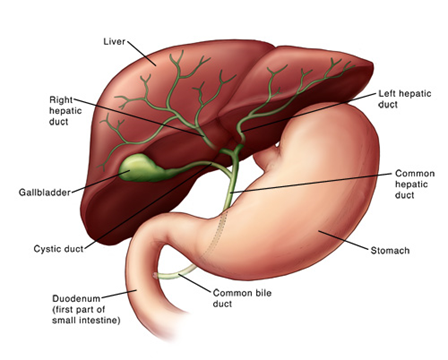
The liver is like a state of the art factory, and is involved in many vital processes in our body. It is the largest organ in our body, weighing about 3.1 lb (1.4kg)! It’s located in the right upper quadrant of the abdomen, placed right beneath the rib cage, and
has two lobes. Each lobe consists of eight segments and has 1000 smaller lobes, called lobules. At any given time, there is 13%
of all your blood passing through this massive organ. The oxygenated blood enters the liver through the hepatic artery, while nutriant filled blood enter through the portalveins.
The small lobes (lobules) are connected to the common bile duct. The common bile duct carries bile made by the liver to the gallbladder and small intestine. This impressive factory, working 24/7, performs many activities essential for human health.
In fact, the liver is responsible for about 500 functions in our body.
|
|
|
Here are a few of those processes...
1. Metabolism of Carbohydrates
The liver’s role is very significant in regulating blood glucose levels. Metabolism of carbohydrates increases glucose levels when blood sugar levels fall. The liver breaks down carbohydrates and converts them to glucose, releasing this to blood as energy. Conversely, if blood sugar goes up after a meal, the liver stores the extra glucose in the form of glycogen. This amazing process is done under the control of the autonomic nervous system.
2. Metabolism of fat
To process fat, liver cells break down the substance and use it to produce energy. The liver also produces about 1000 mL of bile per day, which it uses to help break down and absorb fat. This yellow-olive colored liquid is collected in the small duct and is carried through the common bile duct to the duodenum (small intestine).
3. Metabolism of proteins
The liver breaks down proteins to be used for energy production. Ammonia is the byproduct of this process, which is converted to urea. Urea is eventually excreted out of the body through the kidneys as urine. Both ammonia and urea are considered toxic substances in the body.
|
 |
|
|
|
|
4. Nutrient Distribution and Filtration
Blood coming through the portal vein to the liver carries nutrients and toxic substances. Once it reaches the liver, these substances are processed, detoxified, and are returned to the blood supply or released in the bowel for elimination. Blood clotting factors are also produced by the liver with the help of vitamin K. Our liver’s store vitamins and nutrients, such as iron, copper, fat, sugar, to be released when the body needs it.
5. Energy metabolism and maintenance of the energy requirements of the body
As mentioned above, the liver uses carbohydrates, proteins, and fats for energy production.
6. Hormonal Regulation
The liver plays an extremely important role in the regulation of hormones, including sex hormones, cortisone thyroid hormones, and other adrenal hormones. It also is responsible for removing excess hormones from the body. This is the reason why there can be possible emotional imbalances in patients with liver diseases.
7. Detoxification of Substances
Some of the most significant work performed by the liver is its role in detoxification of substances, as was alluded earlier. For example, the liver removes alcohol from blood, gets rid of toxic byproducts from drugs and medicine, and breaks down toxins from food. The liver filters toxins through the sinusoid channels. Sinusoids vascular channels receive blood from the hepatic artery and portal veins and deliver it back into central veins. Sinusoids are lined with endothelial and immune cells. These cells engulf, digest, and secrete toxins. The entire process is called phagocytosis.
These are just a few of the important functions out of 500 different jobs performed by the liver. The neighbor to the liver is the gallbladder, which is a small pouch just under the liver that stores bile. Bile is produced by the liver to breakdown fat, as mentioned before, and bile acids are critical for absorption and digestion of fat and fat soluble vitamins in our intestines. Bile flows to the gallbladder for storage before getting drained to the duodenum. The liver, gallbladder, and hepatic duct are referred to as hepatobiliary system.
The reasons described above are why it is very important to keep our livers healthy and in good shape. One of the ways to do this is by using herbs that can play an important role in detoxification of the liver. I’ve listed a few examples below!
|

|
|
|
|
|
Chicory (Cichorium intybus L)
To learn more about chicory, you can read my article here. Chicory is a perennial herb in the Asteraceae family. The entire plant is edible, particularly the flowers and the roots. The stems are eaten like celery. Older plant leaves, when whitened, can be used like celery as well.
Health benefits
In a study by an Egyptian scientist, published in Pharmacogn Mag in the 2011 Apr-Jun of 2011 edition, it was concluded that, “Dietary intake of a plant mixture of celery, chicory, and barley at 15% for four weeks may be beneficial for patients suffering from hypercholesterolemia and liver disease as it lowers the elevated serum liver enzymes, total cholesterol, and triglycerides, and improves lipid profile in cholesterol-fed rats. Moreover, diet supplementation with this plant mixture produces an excellent effect on the histology of liver as it ameliorates the hepatic damage seen in the liver of hypercholesterolemic rats”.
In another study conducted by Iranian scientists at Tabriz University, 46 female patients divided in two groups (control and placebo group) were given 10 gram of chicory daily for two months. Liver enzymes, blood sugar, and lipids were drawn before and after treatment. Scientists concluded, “The present study showed beneficial effects of oligofructose-enriched chicory on the improvement of glucose and calcium homeostasis, liver function tests, blood pressure and reduction in hematologic risk factors of diabetes in female patients with T2DM( type 2 diabetis). Further studies in both genders are needed to generalize these findings to total population”. This study was published in the Journal of Elsevier in August 2016.
Research has also demonstrated that chicory has anti-inflammatory properties, according to an article published in the Journal of Food Chem Toxicology in July 2007. Another study published in August of 2003 showed that using chicory seed extract almost totally normalized liver cells, and no fatty cells or necrosis were observed in rats that had induced liver damage. The results were superior in comparison to the standard drug Silymarin (Silybon-70). Additionally, research on rats has shown that chicory increases calcium absorption and bone mineral density. Chicory works as a tonic, and it has anti-bacterial and anti-inflammatory effects.
Side Effects of Chicory
You should avoid consuming chicory if you have allergies to plants within the Asteraceae family or allergies to ragweed. Because effects on pregnant and breastfeeding women have not been studied, it is best for those women to avoid using it. In general, please contact your health practitioner about the use of any herbs on a regular basis.
Dosage
There has not been any specific dosage established. According to drugs.com, typical doses of the herb are 3-5g a day.
|

|
|
|
|
|
Dandelion (Taraxacum officinale)
Dandelion is a beautiful, nutrient rich flower that contains more nutrients than many vegetables. It is capable of curing many ailments. Dandelion roots, like chicory, can be used as coffee substitutes. Its leaves can be used for salad or placed in our sandwiches or soup. It is better to eat the leaves when they are young. You can actually cut them and let them grow back. Its white sap has medicinal effects as well. There are hundreds of different types of dandelion species growing all over the world. You can read my article about dandelion here.
Dandelions belongs to the Asteraceae family. Dandelions were used for medicinal purposes in ancient Iran (Persia), China, and Europe. In China, India, and Russia, dandelion has been used as a remedy for the treatment of chronic liver diseases.
Medicinal Uses of the Dandelion,
Dandelion has many health benefits, however here the focus is on liver health. A study by Chinese scientists, published in the Journal of Food Chem Toxicol. in June 2010, looked at the effects of dandelion and dandelion root against alcohol induced liver damage in mice. The scientists concluded that dandelion root has protective effects against alcohol toxicity in the liver.
Dandelion has been used for a long time as a liver tonic (Marcia et al 2005). Early studies have shown that the root of dandelion can stimulate the flow of bile.
Oxidative stress is one of the most common issues in chronic liver diseases, as well as viral hepatitis, alcoholic, and nonalcoholic hepatitis (Jiang and Török, 2015). Dandelion possesses a natural antioxidant compound and has been used as an anti-carcinogen and an anti-inflammatory because of its antioxidant contents (You et al., 2010). In oxidative stress induced mice by acetaminophen (Tylenol), dandelion shown to have liver protective effects due to its antioxidant phenolic compound. Dandelion extract was used in this study (Colle et al., 2012).
For dosage and side effects consult with your N.D or your herbalist. Make sure to consult your doctor before taking any herbal remedies.
|
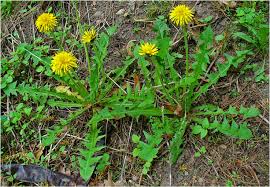
|
|
|
|
|
Milk Thistle (Silybum marianum L.)
Other names for milk thistle are Maritighal (Persian), holy thistle, Mary thistle (English), Echte mariendistel (German), Chardon – marie (French), and Cardo Mariano (Italian) Akub (Arabic) (12).
Milk thistle (Silymarin) belongs to the Asteraceae family. It is an annual or biennial plant that grows in warm climates and sandy soils. Its name comes from the fact that when leaves are crushed a white milky fluid is squeezed out.
Its fruit and seeds have been used since ancient times for liver diseases and the treatment of bile ducts and gallbladders. Milk thistle has traditionally been used for many ailments including cancer (ovary, prostate, breast) (12).
Composition:
Milk thistle contains flavones, flavonolignans, silybin, oil compounds such as linoleic, oleic and palmitic acids, sterols, tocopherol (vitamin E), phospholipids, silydianin, silychristin, mucilage, and bitter contents. Its medicinal benefits are mostly due to silymarin (combination of various flavonoids). Seeds contain what is known as a “silymarin complex”. This is a combination of five types of flavonoids such as including Silibin, IsoSilybin doxofylline, Silydianin, Silichristine. Silybin is a component that makes up 50% to 70% of silymarin, mostly concentrated in seeds and fruits (27).
In a study conducted in 2008 on patients with hepatitis C (HALT-C), patients treated with milk thistle showed fewer and milder symptoms of liver disease and an overall better quality of life. Six other studies looked at chronic alcoholic liver disease. Four studies reported significant improvement in liver function in comparison to the placebo group when treated with milk thistle (25). Milk thistle has many other health benefits, including anti-inflammation, antidepressant, antioxidant, antitoxic, anti-fungal toxin, anti-hepatotoxic, and antiviral.
In another study done by Italian scientists published in October 2010, scientists concluded, “In animals, silymarin reduces liver injury caused by acetaminophen, carbon tetrachloride, radiation, iron overload, phenylhydrazine, alcohol, cold ischaemia and Amanita phalloides. Silymarin has been used to treat alcoholic liver disease, acute and chronic viral hepatitis and toxin-induced liver diseases”.
|
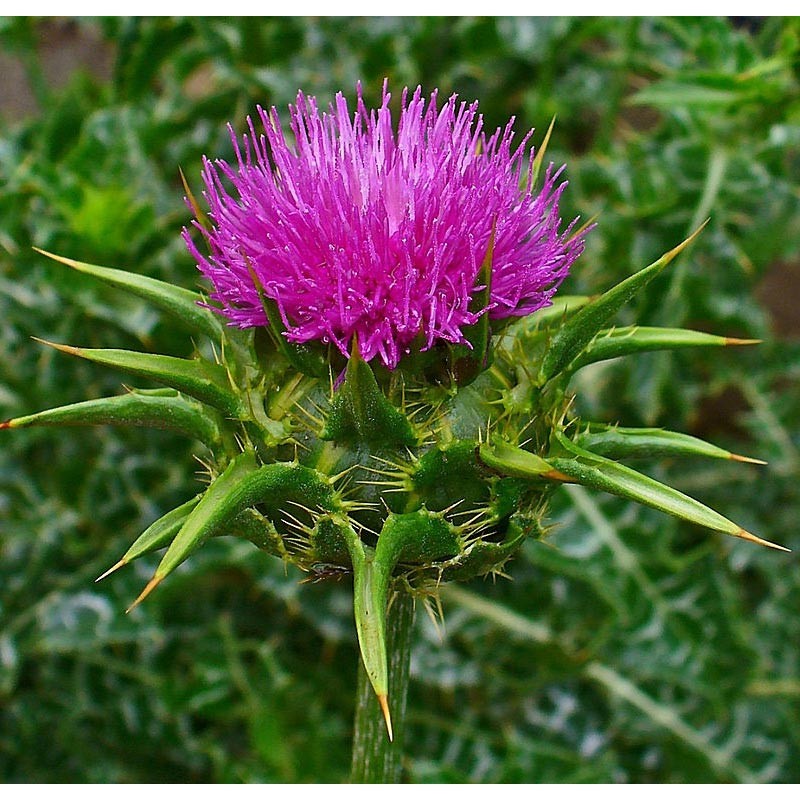
|
|
|
|
|
Dosage:
I suggest someone interested in taking milk thistle contact their ND or herbalist for a specific dosage. Make sure to contact your primary doctor before starting any of these herbs .
Side Effects
People allergic to other plants in the Asteraceae family should avoid milk thistle (ragweed, marigold, chrysanthemum, and daisy etc). Some adverse effects associated with milk thistle are nausea, diarrhea, bloating, and other gastrointestinal issues. Headaches, insomnia, malaise, and impotence have been associated with milk thistle. No fatalities have been reported.
Some other steps you can take to keep your liver healthy are to stay away from alcohol and drugs such as acetaminophen. Most drugs, including prescription drugs, go through the liver, and some can cause damage to the organ. Sugar, preservatives, toxins and being overweight all can lead to liver diseases. So, watching what you eat and exercising can be very beneficial for maintaining a healthy liver.
I hope you enjoyed this article! Please feel free to contact me and send your questions regarding this article.
Thanks for visiting www.curenaturally.org
Thanks,
Ashraf Girgis,ND
|

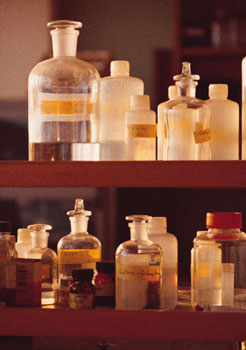
|
References:
Dandelion. (n.d.). Retrieved March 09, 2016, from umm.edu/dandelion
www.motherearthliving.com/edible-wild-herbs
Retrieved from imjournal.com (n.d.). Retrieved March 09, 2016, from
Retrieved March 09, 2016, from www.webmd.com/vitamins-supplements
Dandelion. (n.d.). Retrieved March 09, 2016, from umm.edu/dandelion
Side Effects of Chicory Root Extract. (2015). Retrieved March 09, 2016, from www.livestrong.com/side-effects
The Health Benefits of Dandelions. (n.d.). Retrieved March 09, 2016, from www.leaflady.org/health_benefits
Bark Casni va Ghvas Darmani. Retrieved March 09, 2016, from http://khanomgol.ir/?html
Have Any Feedback For Our Article?
Let Us Know Below
|
|
|
Additional Articles

Herbs & Diabetes
By Dr. Ashraf Girgis ND
Read More |

Herbs For Women’s Issues
Read More
|
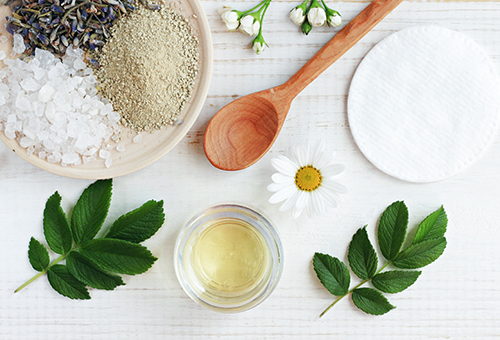
Herbal Remedies for Natural Pain Relief
Read More |
|
|
|
|